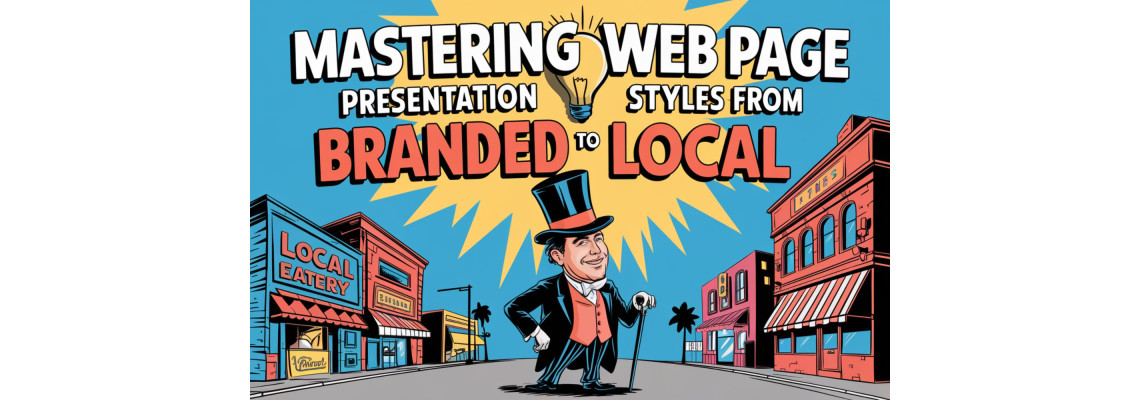
In today’s competitive digital landscape, understanding and implementing diverse web page styles is essential for boosting your SEO and driving organic traffic. Whether you’re crafting a branded homepage, an informational blog, or a transactional e-commerce page, tailoring your content to user intent is the key to ranking higher in search results. In this article, we’ll explore how different styles—branded, non-branded, informational, navigational, commercial, transactional, local, and non-local—can be strategically used to enhance your website’s performance.
By incorporating targeted keywords such as "web page styles," "organic traffic," and "SEO optimization," your site can attract the right audience at every stage of the customer journey. For instance, branded pages help solidify your company’s identity and build trust, while non-branded pages capture early-stage interest by addressing broader search queries. Informational pages educate your audience with valuable insights, and navigational pages ensure a seamless user experience.
Moreover, commercial and transactional pages are crucial for converting visitors into customers, and local versus non-local strategies help you reach either a regional or global market. Each style has its unique elements—from clear calls-to-action and comprehensive product details to localized keywords and streamlined navigation—designed to meet specific user needs and search engine algorithms.
In the sections that follow, we’ll delve deeper into each web page style, examining what to include in your content, why it matters, and how it ultimately contributes to higher organic rankings. Whether you’re a digital marketer, content creator, or business owner, mastering these styles will empower you to create SEO-friendly pages that not only rank well but also engage and convert your audience.Below is an overview of each style,
What elements are key for success, and why—and when—a specific style might be chosen:
1. Branded
What It Is:
A branded page is centered around the identity of a company or product. The content, design, and tone are closely aligned with the brand’s image and values.
What to Include:
- Brand Elements: Logos, slogans, and brand-specific color schemes.
- Unique Voice: Consistent tone and messaging that reflect the brand’s personality.
- Storytelling: Background or origin stories that help users connect emotionally.
- Call-to-Action (CTA): Elements that guide users to explore more about the brand or engage with its products.
When & Why to Use It:
- For building trust and recognition.
- Ideal when users search using the brand’s name or specific branded keywords.
- Helps in reinforcing customer loyalty and differentiating from competitors.
Example:
A corporate homepage like Apple’s, where design, messaging, and imagery are all meticulously aligned with its brand identity.
2. Non-Branded
What It Is:
Non-branded pages target generic terms rather than the specific company or product name. They focus on broader categories and appeal to users who haven’t yet identified a specific brand.
What to Include:
- Neutral Content: Information that speaks to the category rather than a specific brand’s features.
- Keyword Focus: Optimized around generic terms (e.g., “smartphones” instead of “iPhone”).
- Broad Appeal: Comparisons, overviews, or guides that help users understand a market segment.
When & Why to Use It:
- For capturing traffic from users early in their buying cycle.
- Ideal when targeting broad search queries where brand preference isn’t yet established.
Example:
A blog post titled “Top 10 Smartphones of 2023” that discusses features and comparisons without emphasizing any single brand.
3. Informational
What It Is:
Informational pages are designed to educate. They provide detailed answers, insights, or how-to guides on topics of interest.
What to Include:
- In-Depth Content: Detailed articles, tutorials, or FAQs.
- Visual Aids: Infographics, charts, or videos to clarify complex ideas.
- Credible Sources: Data, studies, or expert opinions to build authority.
- Clear Structure: Headings, subheadings, and bullet points for easy readability.
When & Why to Use It:
- For establishing expertise and authority.
- Attracts organic traffic from users looking for answers or learning new skills.
- Supports long-tail keywords and voice search queries.
Example:
A comprehensive guide on “How to Choose the Right Smartphone” that explains features, pros and cons, and technical details.
4. Navigational
What It Is:
Navigational pages are crafted to help users quickly find a specific destination or resource on a website.
What to Include:
- Clear Navigation Menus: Intuitive links and site maps.
- Search Bars: Prominent search functionality for ease of access.
- Minimal Distraction: Focus on getting users where they want to go with minimal additional content.
When & Why to Use It:
- For users who know exactly what they’re looking for (e.g., “login page” or “contact us”).
- Enhances user experience by streamlining the journey.
Example:
A homepage or landing page that directs visitors to “Products,” “Services,” or “Support” sections with easy-to-identify buttons.
5. Commercial
What It Is:
Commercial pages are designed for research and comparison—helping potential buyers evaluate options before making a decision.
What to Include:
- Detailed Product Information: Features, benefits, and comparisons.
- Reviews and Testimonials: User feedback to build credibility.
- Comparison Charts: Side-by-side evaluations of similar products.
- Engaging CTAs: Encouraging users to learn more or request a demo.
When & Why to Use It:
- For users in the consideration phase who need reassurance before making a purchase.
- Targets queries like “best [product] reviews” or “top [service] comparisons.”
Example:
A review site page comparing different laptop models, complete with ratings, pros/cons, and buying guides.
6. Transactional
What It Is:
Transactional pages are focused on converting interest into action—typically through a direct sale or other immediate engagement.
What to Include:
- Product Pages: High-quality images, detailed descriptions, pricing, and specs.
- Conversion Elements: Prominent “Buy Now” or “Add to Cart” buttons.
- Trust Signals: Security badges, return policies, and customer reviews.
- Streamlined Checkout: Minimal steps to complete a purchase.
When & Why to Use It:
- For users ready to make a purchase or complete an action.
- Optimized to reduce friction and increase conversion rates.
Example:
An e-commerce product detail page that offers all necessary details and a simple checkout process, such as on Amazon.
7. Local
What It Is:
Local pages are tailored to capture traffic based on geographic-specific searches.
What to Include:
- Location-Specific Information: Addresses, maps, local contact details, and operating hours.
- Local Reviews and Testimonials: Evidence of community trust.
- Localized Keywords: Phrases like “near me” or the specific city/region.
- Visuals: Local landmarks or imagery that resonates with the local audience.
When & Why to Use It:
- For brick-and-mortar businesses or service providers targeting nearby customers.
- Essential for local SEO to capture “near me” queries and boost map rankings.
Example:
A restaurant’s website with a dedicated “Visit Us” page featuring location maps, local reviews, and directions.
8. Non-Local
What It Is:
Non-local pages target a broader, often national or international audience without focusing on a specific geographic area.
What to Include:
- Universal Content: Information that appeals regardless of location.
- Broad Keyword Strategy: Targeting generic or industry-wide terms.
- Scalable Messaging: Content that speaks to a wide audience without regional bias.
- Flexible CTAs: Options that cater to both online purchases and services that can be delivered widely.
When & Why to Use It:
- For businesses and content creators aiming to reach a national or global market.
- Ideal when geographic restrictions are minimal or non-existent.
Example:
An online retailer that ships products worldwide, using a website designed to appeal to a diverse, global audience.
Final Thoughts
Each style is chosen based on the user’s search intent and the business’s objectives. For instance:
- Branded and Non-branded approaches focus on whether the user is searching with or without a specific brand in mind.
- Informational and Navigational pages enhance user experience and guide discovery.
- Commercial and Transactional pages focus on conversion by providing comprehensive product or service details.
- Local and Non-local pages ensure that geographic factors are either emphasized or deemphasized according to the audience.
By tailoring content, design, and messaging to these distinct styles, web pages can more effectively meet user needs, enhance SEO performance, and drive organic traffic.

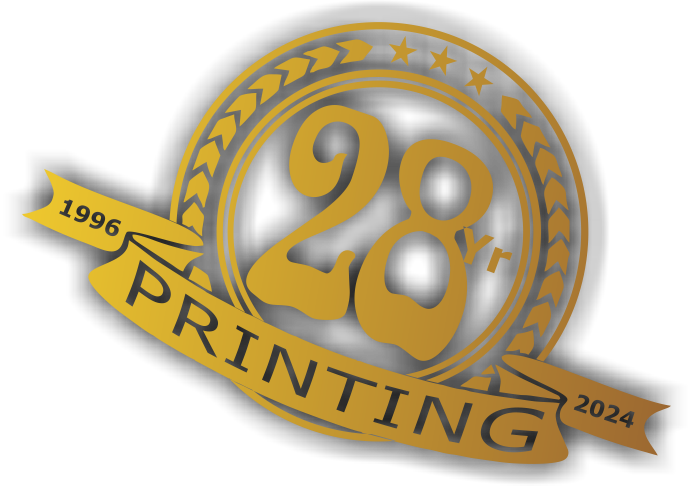 29 years of #TheProfessor
29 years of #TheProfessor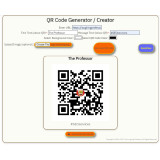
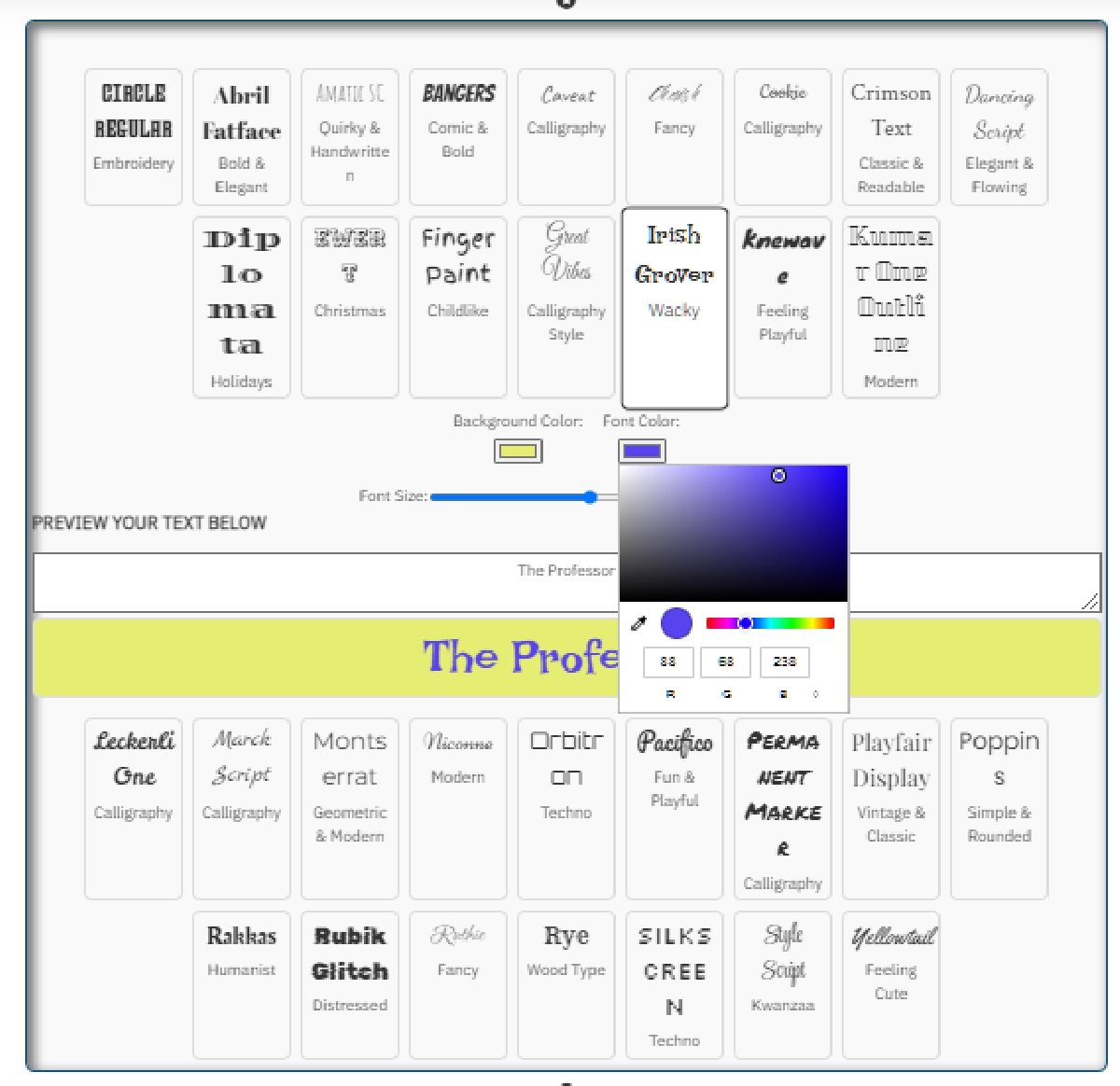
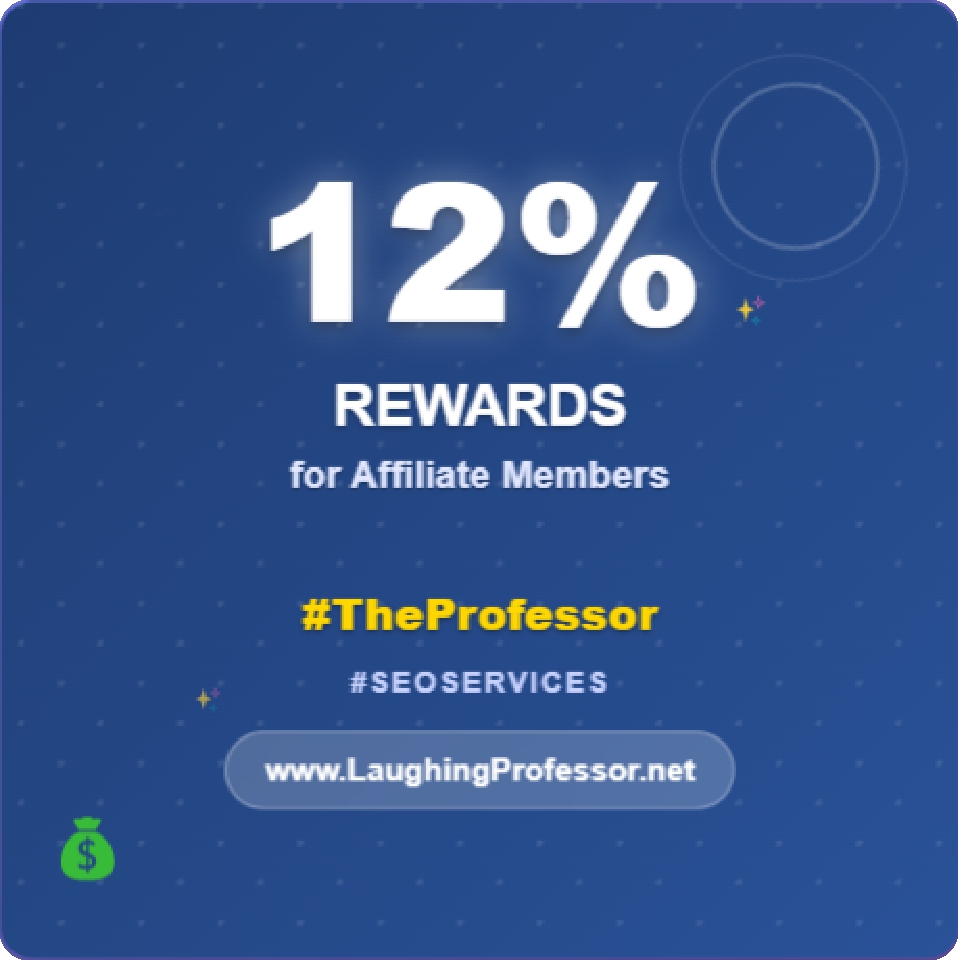 12% rewards for affiliate members
12% rewards for affiliate members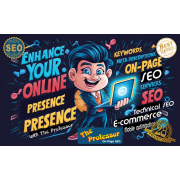
Leave a Comment